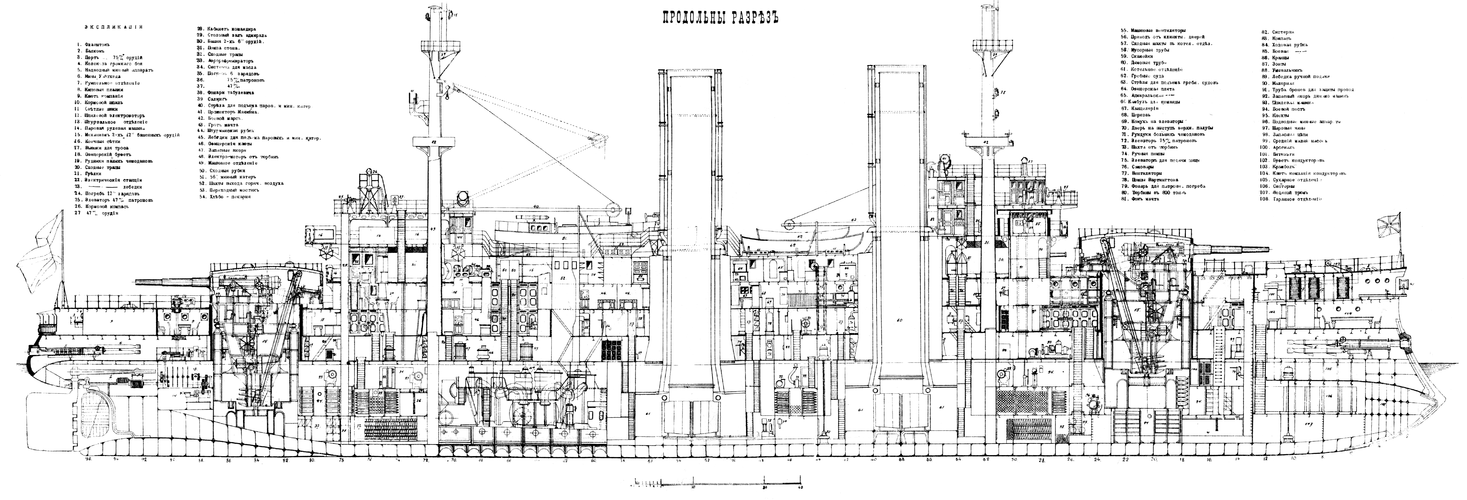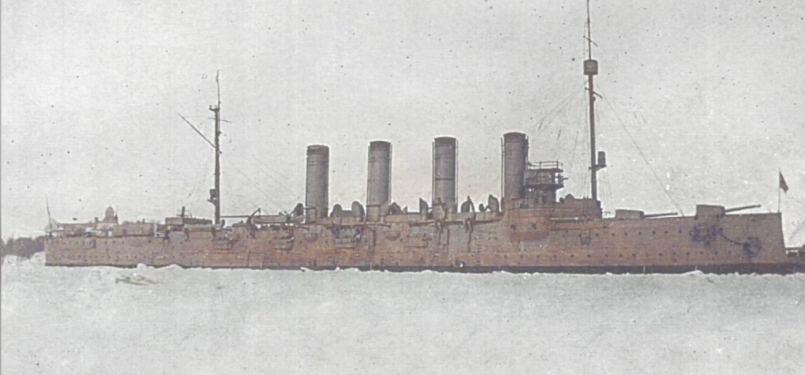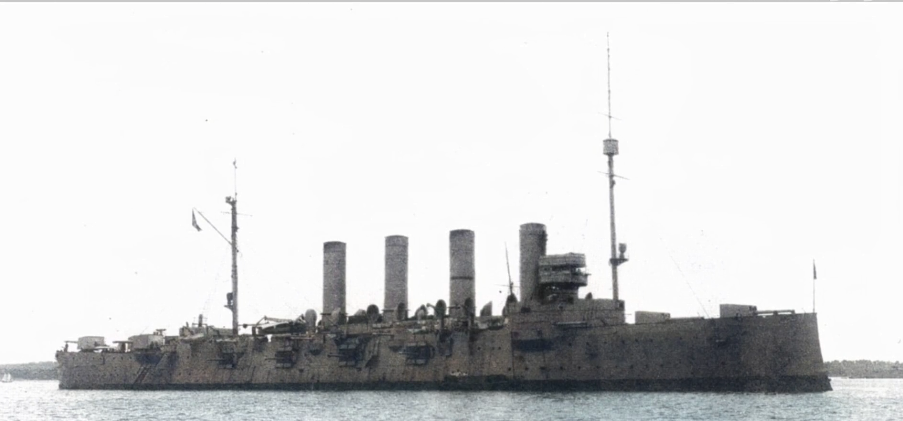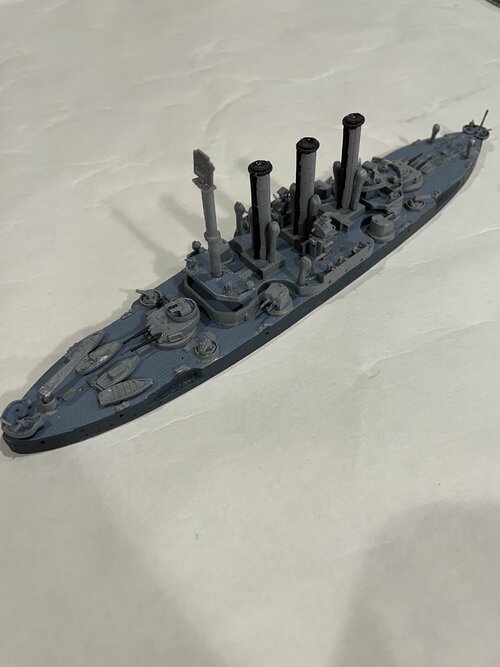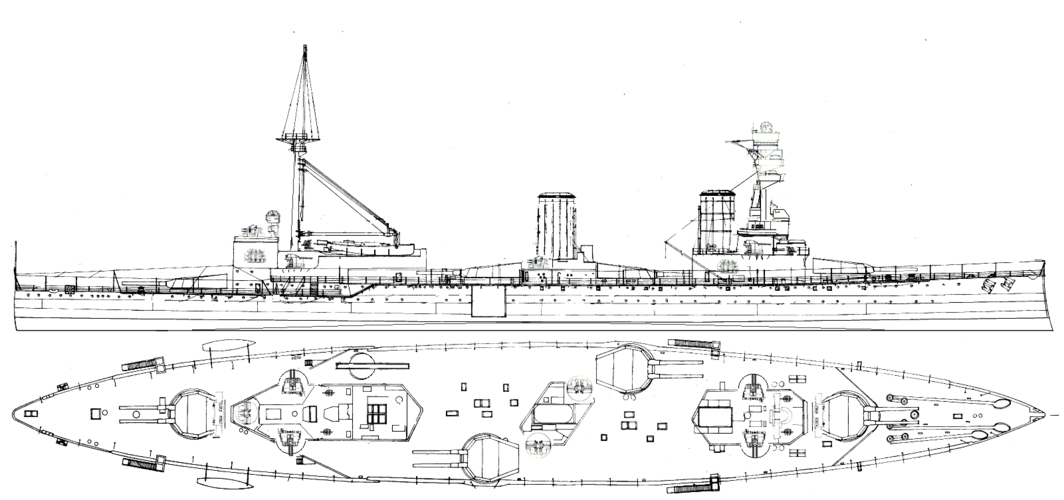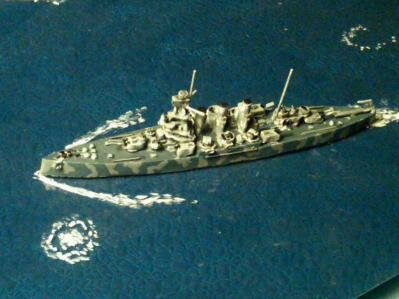I even posited if the US granted the Philippines countryhood a pair of them could have been the flagships. ACR Rochester (ex-New York, ex-Saratoga) did serve in the Philippines. I've wondered if she might have served as a defensive gunship or anti-aircraft platform even if she couldn't have sailed out of harbor.
Here is Rochester's post-WW1 service - much of it was in "troop transport" or similar roles - note that her Philippine service however was distinctly immobile.
After the Armistice,
Rochester served as a transport bringing troops back home. In May 1919, she served as flagship of the destroyer squadron guarding the transatlantic flight of the Navy's NC seaplanes. In the early 1920's she operated along the east coast. Early in 1923,
Rochester got underway for Guantanamo Bay to begin another period of service off the coasts of Central and South America.
In the summer of 1925,
Rochester carried General Pershing and other members of his commission to Arica, Chile to arbitrate the Tacna-Arica dispute and remained there for the rest of the year. In September 1926 she helped bring peace to turbulent Nicaragua and from time to time returned there in the late 1920's.
After a quiet 1927,
Rochester relieved
Tulsa at Corinto, Nicaragua in 1928 as Expeditionary Forces directed efforts against bandits in the area. Disturbances boiled over in Haiti in 1929, and opposition to the government was strong; inasmuch as American lives were endangered,
Rochester transported the 1st Marine Brigade to Port-au-Prince and Cap Haitien. In 1930,
Rochester transported the 5-man commission sent to investigate the situation. In March, she returned to the area to embark marines and transported them to the United States. She aided Continental Oil tanker H. W.
Bruce, damaged in a collision 24 May.
In 1931, an earthquake rocked Nicaragua.
Rochester was the first relief ship to arrive on the scene and ferried refugees from the area. Bandits took advantage of the chaotic conditions and
Rochester steamed to the area to counter their activities.
Rochester departed Balboa 25 February 1932 for service in the Pacific Fleet.
She arrived Shanghai 27 April, to join the fleet in the Yangtze River in June and remained there until steaming to Cavite, to decommission 29 April 1933. She moored at the Olongapo Shipyard for the next 8 years. Her name was struck from the Navy Register 28 October 1938, and she was scuttled in December 1941 to prevent her capture by the Japanese.

